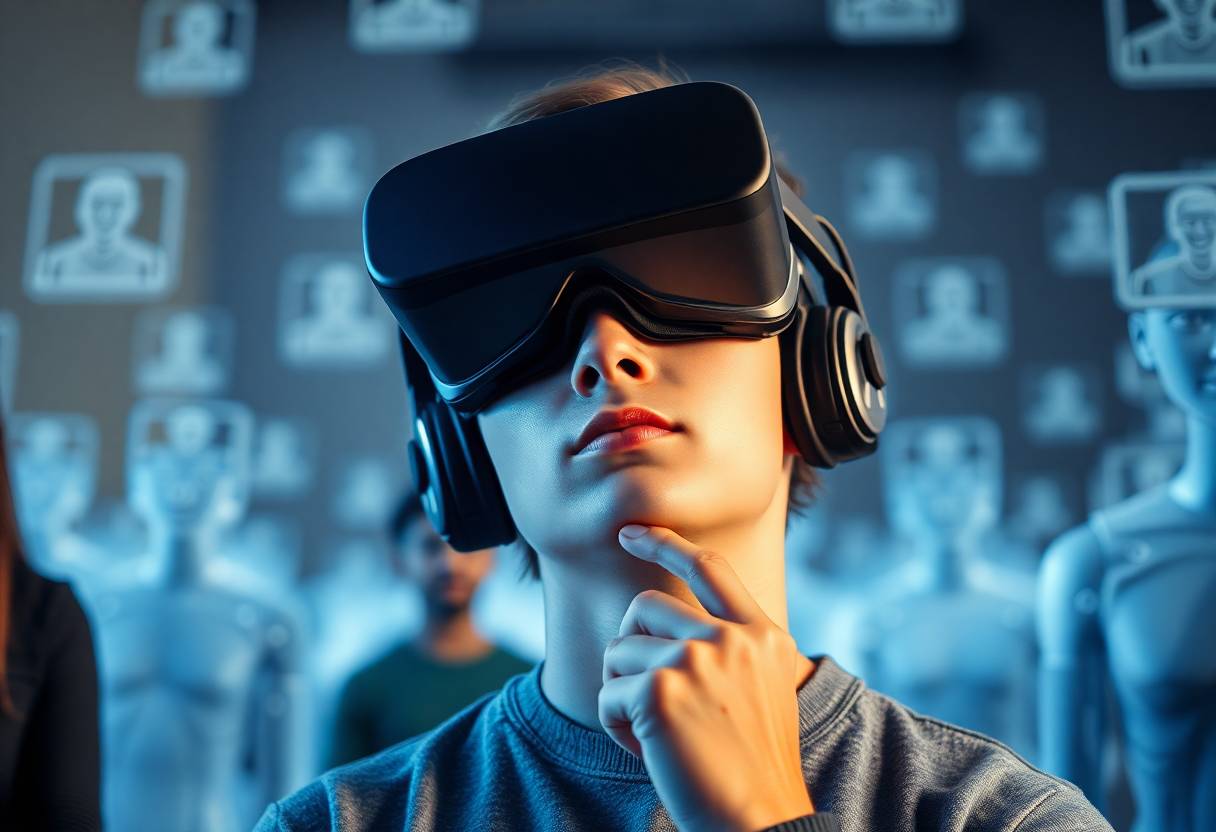Listen to a discussion about this blog
Greetings, fellow explorers of the digital frontier! Today, we’re diving headfirst into the exciting world of Artificial Intelligence (AI) and its potential to transform special education. While AI might seem like something out of a science fiction novel, it’s rapidly becoming a reality in our classrooms. But before we get carried away with the endless possibilities, let’s take a moment to listen to the voices of the real experts: our students.
In a recent study by Smith et al. (2024), researchers interviewed 48 middle school students with disabilities to gather their perspectives on using AI in education. And let me tell you, these tech-savvy youngsters have some brilliant insights that could revolutionize how we design and implement AI tools in the classroom.
Personalizing the Learning Journey
One of the key takeaways from the study is that students recognize the power of AI to personalize their learning experiences. They envision AI tools that can adapt to their individual needs, provide targeted support, and offer personalized feedback. Imagine an AI tutor that can adjust the pace and difficulty of lessons based on a student’s progress, or an AI-powered writing assistant that provides customized suggestions for grammar and sentence structure. The possibilities are as limitless as a child’s imagination.
Breaking Barriers, Building Bridges
Students also highlighted the potential of AI to break down barriers and promote greater independence. AI tools can provide alternative ways to access information, communicate ideas, and demonstrate learning. For example, AI-powered speech-to-text and text-to-speech software can help students with language-based learning differences, while AI-powered assistive technology can support students with physical disabilities. By providing these accommodations, AI can help create a more inclusive and equitable learning environment for all students. We should add, for followers of this blog, barriers have been central to our conversation on the need for and role of the UDL Framework in the planning and design for all learners. Interesting that a group of learners would note that AI is addressing their barriers and making learning more available to them and thus, offering choice and might we say agency in their own pathways to knowledge and skill development.

The Human Touch: Collaboration and Connection
While students expressed enthusiasm for the potential of AI, they also emphasized the importance of human connection and collaboration. They envision AI as a tool to enhance, not replace, human interaction in the classroom. AI can facilitate collaboration among students, provide opportunities for peer feedback, and support teachers in providing individualized instruction. The focus here is that students want to be part of the solution and have a voice. AI, at least based on the findings from this study, appears to be a tool that allows students to have a voice and to be further engaged in their own learning. Whether the tip of the ice-berg or not, this study is only the beginning of a rich area that needs further exploration in supporting the diverse needs of students with disabilities. Yes, this will add to what we have and continue to learn about personalized learning with AI and all the potential behind the various tools, opening up entryways and facilitating the means to further include and engage ALL learners in their own personal learning journey.
Shaping the Future of AI in Special Education
The insights shared by the students in Smith et al. (2024) provide a roadmap for the future of AI in special education. As we continue to develop and implement AI tools, it’s crucial to keep student voices at the center of the conversation. By designing AI tools that are student-centered, personalized, and inclusive, we can harness the power of technology to create truly transformative learning experiences for all students.
So, let’s embark on this AI adventure together, but let’s do it with a student-centered approach. After all, our students are not just the beneficiaries of this technology; they are the navigators guiding us towards a brighter future.
Join the conversation in the comments. How are discussions about AI in education evolving in your professional and personal circles?

